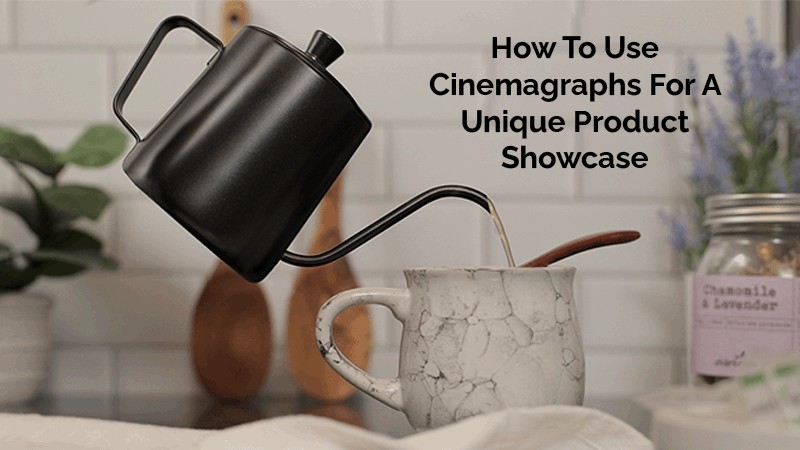Enter the world of pictures in motion, where the art of storytelling gets a fresh, animated twist.
In the digital age, the line between still photos and dynamic videos is blurring.
This article looks into the origins of stop motion animation.
I’ll share its artistic evolution, and its burgeoning popularity in the business world.
Origins of Stop Motion Animation
A Timeless Technique
Stop motion animation has its roots deep in the early days of cinema.
Before CGI and advanced visual effects, filmmakers relied on this method to bring inanimate objects to life.
It involves capturing individual frames of a subject in incremental stages of motion.
This is also called frame by frame animation.
When played in succession, these frames create the illusion of movement.


Pioneers in Motion
One of the earliest and most iconic uses of stop motion animation is in the 1902 film, “A Trip to the Moon” by Georges Méliès.
His innovative techniques paved the way for future filmmakers and set the foundation for the art form.
Another landmark is the 1933 classic, “King Kong”, where stop motion brought Kong to life in a way audiences had never seen before.
Cartoons, while not officially stop motion, are another example of this concept.
Walt Disney’s classic shorts and movies were filmed one frame or “cell” at a time.
These “cells” became pictures that move when played on a projector and delighted generations.
Creation of Stop Motion and Cinemagraphs
Crafting Stop Motion Magic
Creating a stop motion image is both an art and a science.
Photographers begin by setting up their scene, ensuring consistent lighting throughout the shoot.
At my product photograohy studio, the subject is often a client’s product.
The product and it’s action is then moved incrementally between each shot.
For major productions, photographers may capture hundreds, or even thousands, of images.
Most product shorts are comprised of anywhere between 12 and 500 individual images.
Once edited, the images are compiled into a sequence.
This sequence, when played back, gives the illusion of smooth motion.


The Subtle Charm of Cinemagraphs
Cinemagraphs, on the other hand, are a blend of still images and video.
At a glance, they look like a regular photo, but a portion of the image contains subtle, repeated movement.
It’s this blend of static and dynamic elements that makes cinemagraphs so captivating.
Typically, the photographer takes a video clip to capture motion.
During post-production, certain elements are frozen, while others retain their motion.
You can learn more about using Cinemagraphs for advertising and marketing here.

Modern Usage in Business and Social Media
Trending in the Digital World
Today, the appeal of stop motion and cinemagraphs isn’t just limited to art.
Businesses are harnessing the power of motion in photos to stand out in the digital crowd.
Social media platforms are so popular that the public is inundated with videos.
Dynamic content like stop motion animations are a surefire way to cut through the clutter and grab attention.
A Boost for Brands
Stop motion product photography offers a unique edge for brands.
It makes products come alive, telling a story that static images can’t.
This form of animation adds character and depth to products.
They become more memorable by making them more relatable to consumers.
Likewise, the mesmerizing looped motion of cinemagraphs makes them perfect for advertisements.
They tend to hold viewer attention far longer than traditional ads.

Are you intrigued by the world of pictures that move?
Do you believe your brand could benefit from the unique charm of stop motion animation or cinemagraphs?
If so, it’s time to bring your vision to life.
Reach out to discuss how this captivating art form can elevate your business’s visual storytelling.
Remember, in today’s fast-paced digital world, sometimes it’s the pictures with motion that make people stop and stare.
Discover How Professional Photography Can Elevate Your Brand
Get a Custom Quote Tailored to Your Specific Needs

Take a minute to fill out the form below. Doing so will help me understand your product photography needs. Once I receive your information, I'll reach out to you personally to discuss the project in more detail and create a customized quote for you.
You may also text me at: 410-596-4127 or E-mail me at: tom@tomcrowl.com

